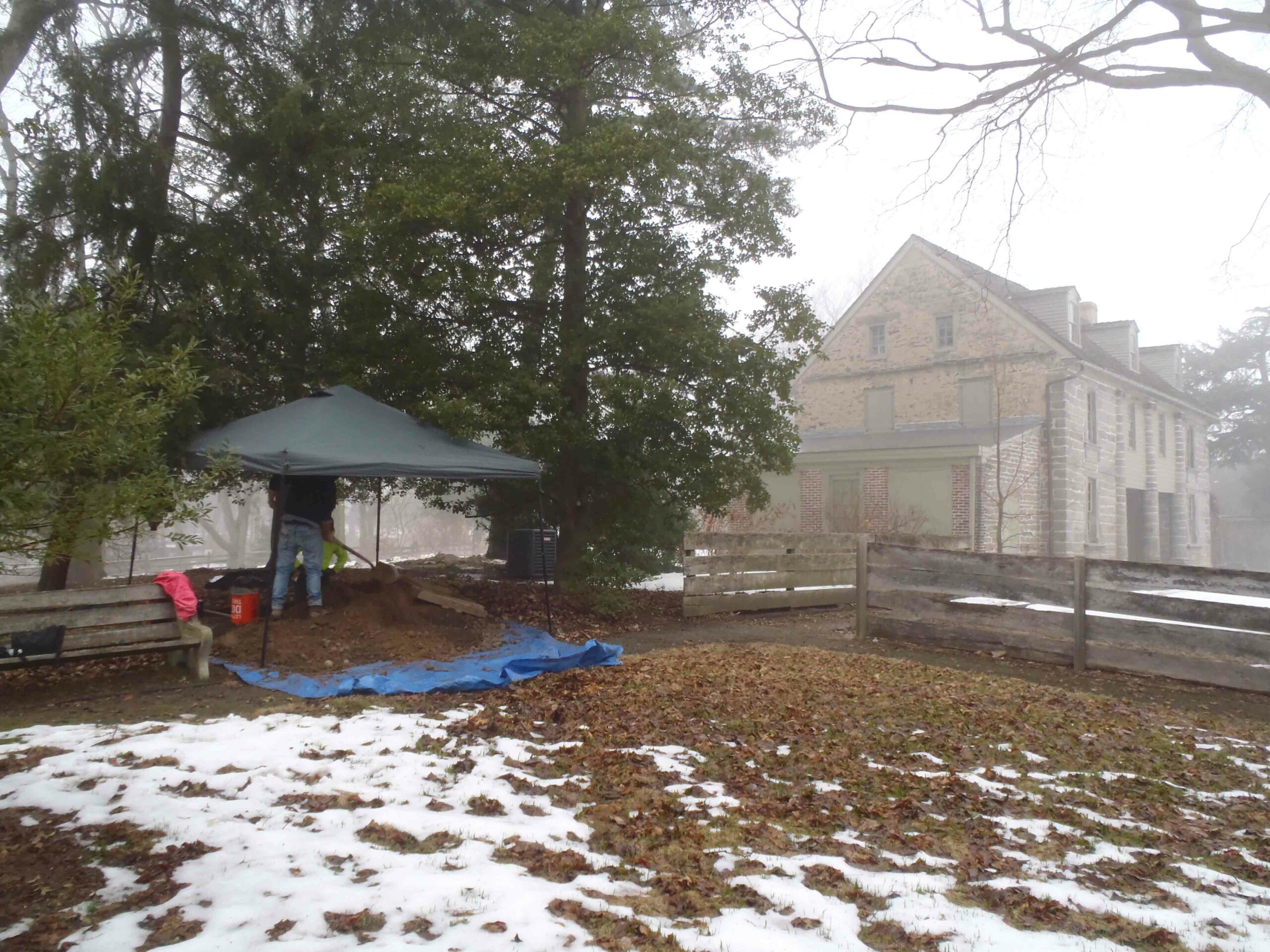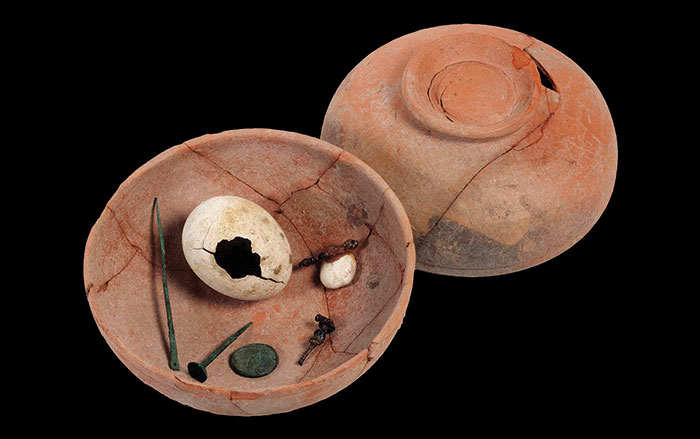
FERRYLAND, NEWFOUNDLAND—A small copper crucifix with the Virgin Mary and Christ Child on its back has been unearthed at the Colony of Avalon site on the coast of Newfoundland. The territory had been granted to George Calvert, who became the first Lord Baltimore, in 1620. Calvert, a Catholic, envisioned the colony as place free of religious persecution for all Christians at a time when Catholics could be fined, imprisoned, or executed in England. The crucifix was discovered among ceramic fragments, bones, nails, and debris associated with the construction of a large stone house that had been built for Calvert sometime after 1623. “As artifacts go, this particular object is quite exceptional. The Catholic iconography is unmistakable,” archaeologist Barry Gaulton of the Colony of Avalon and Memorial University of Newfoundland told The Telegram. Archaeological conservator Donna Teasdale is cleaning and conserving the crucifix. “The smooth, almost polished, surfaces on the crucifix lead me to believe that it was definitely part of a rosary. It was rubbed repeatedly over a period of time,” she said. It may have belonged to Calvert or the colony’s second governor, Sir Arthur Aston, or even a craftsman who had been working on the house.










